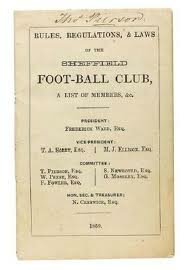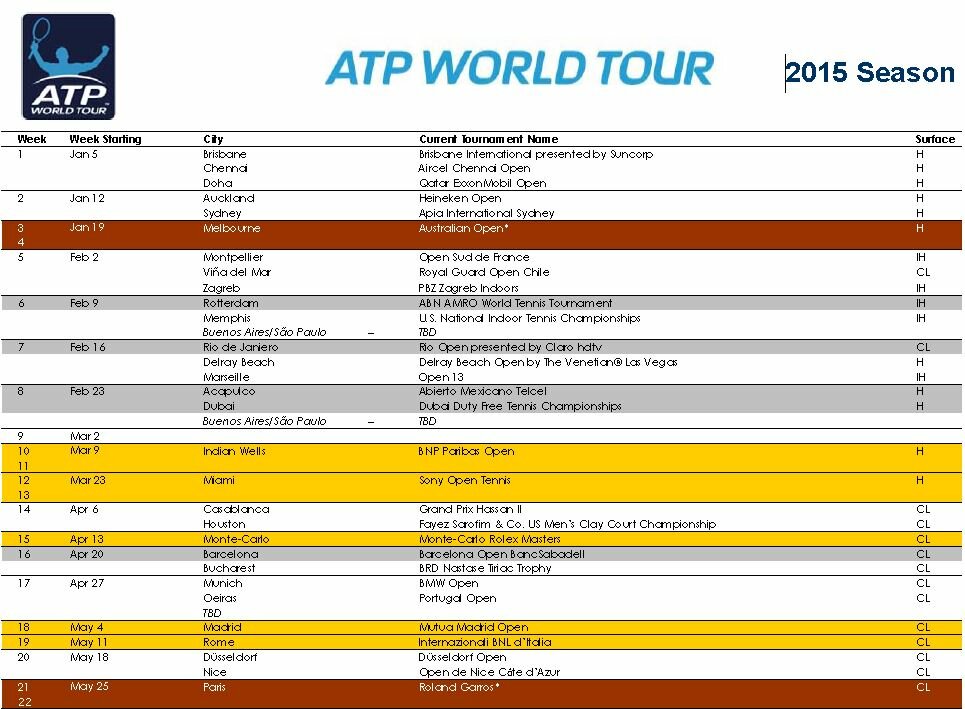 If we take a long perspective of the evolution of Football Laws of the game one may get rather surprised.
If we take a long perspective of the evolution of Football Laws of the game one may get rather surprised.
And what if you team could choose its own personal referee and the Goalkeeper could handle the ball with his hands in the entire pitch?
And tape instead of a crossbar in the goal?
And if no penalty kicks exist because a gentleman would never deliberately commit a foul?
And no substitutions?
And a referee without yellow or red cards? (this one is not so old).
And in the present we are talking about things like Hawkeyes!
Brazil World Cup 2014 – Goal Line Technology Will be Used
Take a look at the table and draw your own smile imagining a game under such rules!
| Year | Fact | Features |
| 1863 | First Football Rulebook | Rewritten Cambridge Rules |
| 1863 | Offside law | Any player in front of the ball was offside, like in today’s Rugby |
| 1866 | Offside law | Three-player rule – an attacker would be called offside if positioned in front of the third-last defender |
| 1869 | Goal-Kicks Introduction | |
| 1872 | Corner-Kicks Introduction | |
| Until 1872 | Two umpires, one per team, were being employed to whom each side could appeal | The referee, at first, stood on the touch-line keeping time and was ‘referred’ to if the umpires could not agree |
| 1875 | Crossbar Introduction | Tape (imagine) was used before |
| 1878 | Whistle Introduction | A referee uses it for the 1st time |
| 1882 | International Football Association Board (IFAB) Foundation | |
| 1886 | 1st meeting of IFAB | |
| 1891 | Penalty-Kicks Introduction | First know as the ‘the kick of death’, not taken from a spot (like today) but anywhere along a 12-yard line before 1902 |
| 1891 | Referee | For the 1st time a single person had the powers to send players off as well as give penalties and free-kicks without listening to appeals. The two umpires became linesmen, or ‘assistant referees’ as they are called today |
| 1891 | Goal net Introduction | Full make-up of the goal as it is today |
| 1902 | Penalty-Kicks as today | For fouls committed in an area 18 yards from the goal line and 44 yards wide, which created both the penalty box and penalty spot. Another box ‘goal area’, commonly called the ‘six-yard-box’, six yards long and 20 wide, replaced a semi circle in the goalmouth. |
| 1904 | FIFA’s Foundation | |
| 1912 | Goalkeepers forbidden from handling the ball outside the penalty area | |
| 1913 | FIFA becomes a member of IFAB | |
| 1920 | Offsides from throw-ins were banned | |
| 1925 | Amendment of the offside rule from three to two players. | |
| 1958 | Substitutions introduction | But only for an injured goalkeeper and one other injured player. |
| 1970 | Red and yellow cards are introduced |
To indicate a caution or an expulsion (used for the first time in the 1970 FIFA World Cup in Mexico)
|
| 1990 | Offside law | The advantage was given to the attacking team. If the attacker was in line with the penultimate defender, he was considered onside |
| 1990 | Denying an opponent a clear goal-scoring opportunity | (know as the ‘Professional foul’) became a sending-off offence |
| 1992 | Goalkeepers forbidden from handing back-passes | |
| 1994 | Technical area Introduction | |
| 1995 | Fourth official Introduction | |
| 1998 | Fierce tackle from behind | Became a red-card offence |



